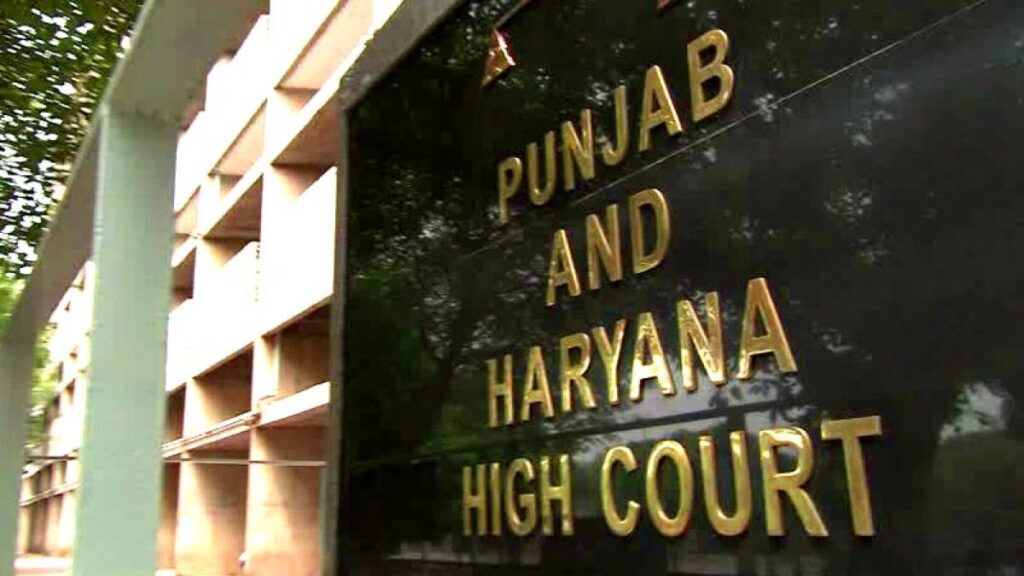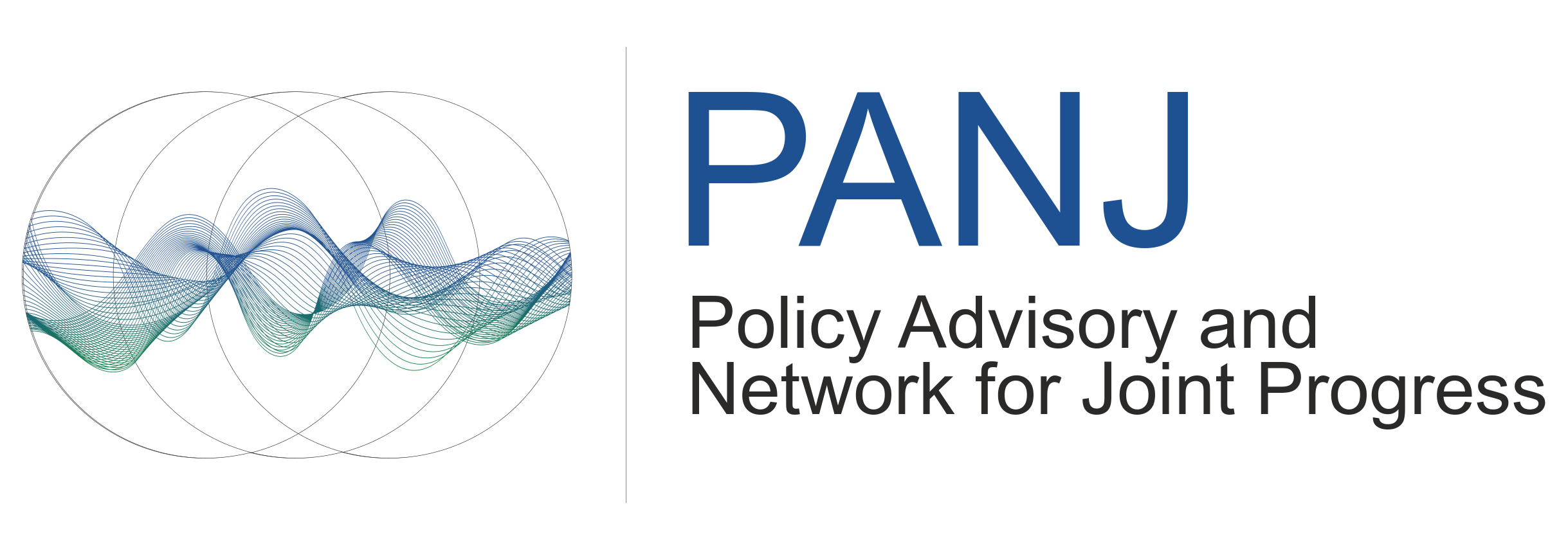Originally published in the Bar and Bench

“Proposals for structural reforms within state/administrative institutions have disproportionately prioritised the executive and legislative branches, neglecting the imperative for commensurate attention to judicial administration. It is opportune to redress this imbalance by advocating for similar efficiency reforms within the judicial domain, especially digital.”
Resisting the allure of ‘isomorphic mimicry,’ and based solely on the fundamental tenets of institutional economics, scholars in public policy have persistently advocated for proportional structural reforms within the civil justice system, recognizing its pivotal role in augmenting efficiency in justice delivery while upholding fundamental tenets such as the rule of law and access to justice for all stakeholders. Prominent examples like that of Denmark highlight the effectiveness of reform proposals that prioritise preparatory proceedings coupled with technological advancements. This approach leads to improved court accessibility, faster case resolution, and lower costs for parties involved in litigation.
In the context of the Indian civil court framework, the Punjab and Haryana Court has consistently demonstrated adaptability and innovative prowess. It stands as an early adopter of technology, spearheading initiatives encompassing data protection, e-courts (electronic courts), and online dispute resolution (ODR). A notable instance involves the bench of Hon’ble Justice Anoop Chitkara (Punjab and Haryana High Court), which sought input from ChatGPT while deliberating on a bail application related to assault, solely with the intent of elucidating broader perspectives on bail jurisprudence.
Thus far, the Punjab and Haryana High Court has made notable strides in the implementation of e-court systems. As of December 2021, the C.I.S. 1.0 system has witnessed the electronic filing of 7,022 cases. Additionally, the development of several software modules, including the Online Mentioning Module, Ordinary Filing Token Module, Judge’s Diary Module, Android Mobile Application, and e-Statement Software, has aimed to enhance the operational efficiency of the court system. On March 20, 2024, Hon’ble Justice Gurmeet Singh Sandhawalia, Acting Chief Justice, Punjab and Haryana High Court inaugurated four IT initiatives, encompassing hybrid video-conferencing in the high court and all district courts in Punjab, Haryana, and UT Chandigarh, free public Wi-Fi on the high court premises, an Inventory Management Software (IMS) for district courts, and Neutral Citation Phase-I (QR code). These initiatives, coupled with the digitization of judicial records in subordinate courts across Punjab, Haryana, and Chandigarh, are streamlining administrative processes and augmenting efficiency.
However, digitization of justice has brought along its fair share of concerns. Three prominent obstacles emerge for deliberation. Firstly, an inter-judicial challenge arises in the relationship between the bar and bench. This is partly due to the practical challenges that underscore the importance of harmonising economic objectives with principles of justice and fairness. Secondly, ensuring the integrity of justice administration necessitates building an ecosystem approach conducive to scalability, speed, and sustainability, alongside steadfast commitment to cybersecurity. This is a challenge in itself considering the ‘private’ nature of the internet and the ‘public’ nature of the justice system. This is indispensable for safeguarding the public character of justice systems and preserving the core values guiding judicial proceedings. Thirdly, the inefficient interface between the judiciary and executive branches is an encumbrance that is widely ignored. For instance, Justice Sanjeev Prakash Sharma’s observations highlight instances of unnecessary litigation despite established legal precedents.
To address these challenges, several key reforms can be initiated within the judicial administrative setup. One such reform involves the automation of e-case numbers and payments, aimed at significantly reducing administrative burden and duplication of filings across all levels of the judiciary. By implementing smart automation, the overall flow of court proceedings can be improved, facilitating a smoother and more efficient operation.
Additionally, the introduction of automated emailing systems for case updates at the Punjab & Haryana High Court enables the timely dissemination of case status, hearing dates, cause lists, and orders to advocates and litigants registered in the system, thereby enhancing communication and accessibility to information, and promoting transparency and accountability within the judicial system.
To effectively manage and coordinate digitization efforts, there has already been a proposal to establish a coordination cell for technological control within the jurisdiction. This initiative seeks to centralise efforts and optimise resource allocation for achieving effective digital transformation. By consolidating efforts and resources, the judiciary can better navigate the complexities of digitization and ensure its successful implementation.
Furthermore, the development of training programs for the legal fraternity plays a crucial role in promoting digital literacy and competency. These programs aim to raise awareness and equip legal professionals with the necessary skills to effectively utilise digital tools. Aligned with the vision of digital courts, such training initiatives complement existing structures like the High Court Computer Committee, contributing to the overall advancement of the judiciary in adapting to technological advancements.
Moreover, pre-established innovative software modules, such as the Virtual Court for Traffic Challan in Chandigarh and an RTI portal, exemplify the potential of technology to transform judicial processes by enhancing access, efficiency, and fairness in traffic challan disposal. Finally, executive digital initiatives like the MSME SAMADHAAN, dedicated to monitoring delayed payments and resolving disputes efficiently, represent crucial steps towards improving dispute resolution mechanisms. However, broader adoption of Online Dispute Resolution (ODR) especially per the Digital Personal Data Protection Act, 2023 across various sectors in the region requires integration with continued development needs and policy support from the Punjab & Haryana High Court.
If executed appropriately, the Punjab and Haryana High Court’s digital transformation would act as a benchmark for courts nationwide, addressing administrative bottlenecks through digitisation. Prioritising data protection, embracing e-courts, and responsibly exploring Online Dispute Resolution (ODR) exemplify efforts to foster a more efficient, inclusive, and accessible justice system. Collaborative efforts between Technology Offices and the Department of Court Technology Operations (DCTO) are essential to ensure that digital infrastructure aligns with High Court’s requirements and stakeholder needs. Above all, the High Court must actively engage with various stakeholders beyond the bar and executive institutions to ensure that court digitization does not create unforeseen challenges in the future.
Authors
Anmol Rattan Singh is PhD Research Scholar at the Department of Public Administration, Panjab University, Chandigarh. He holds a postgraduate degree in Public Policy and Governance. Previously, he has worked alongside Members of Parliament, providing assistance in legislative and policy research.
Email – anmolrsingh28@gmail.com
M.No – +91 9041640853
Agastya Shukla is a 3rd year law student at University Institute of Legal Studies, Panjab University, Chandigarh.Email – shukla.agastya10@gmail.com
M. No – +91 9216102310
